Condiment or seasoning is a substance (herb, vegetable, pepper) that adds flavor, aroma and color to food. In Brazil it is common to use saffron, garlic, onion and lots of salt. And in Japan? What are the main Japanese condiments?
In Japan, seasoning or condiment is called supaisu [スパイス] or kooushinryou [香辛料]. In this article, we will look at the main condiments, ingredients or seasonings used in Japanese cuisine.
Among the common ingredients, Japan often uses vinegar, lemon, ginger and other seasonings to add richness of flavor to their dishes. Let's see a list and a short summary about each of them.
Table of Content
Furikake - Combination of seasonings
Furikake It is a dry condiment that is usually consumed over white rice or mixed in. It is made from dried and ground ingredients and is typically colorful and bright.
Furikake is a mix of dried and ground fish, sesame seeds, almonds, and various other ingredients. It can be found in dozens of varieties in supermarkets and konbinis in Japan.
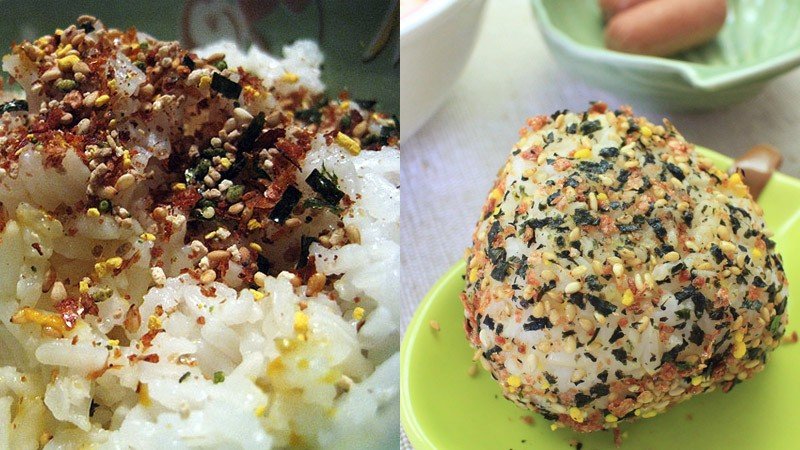
Shoga - Grated Ginger
Shoga It is one of the types of grated ginger that is present in most Japanese dishes, with the aim of giving it richness and flavor.
Ginger is very important in Japanese cuisine and can be found in several different forms, from whole, grated, chopped, sauce, etc.
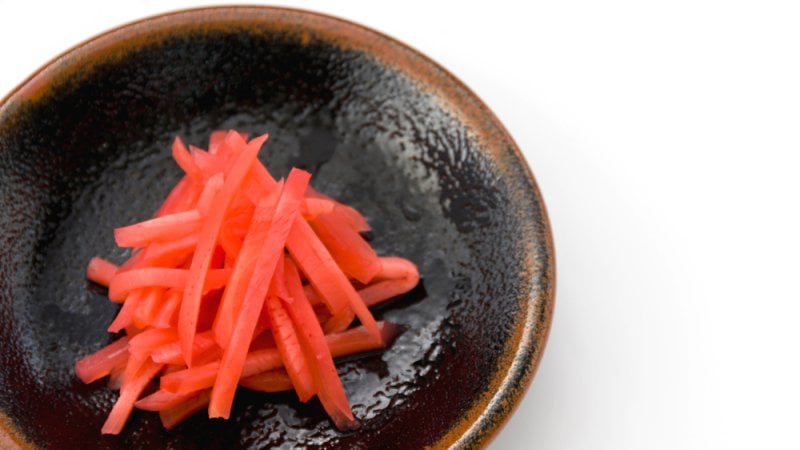
Misso - fermented paste
Misso – A paste made from the fermentation of rice, barley and soy that can have different flavors. It dissolves in hot water and is often mixed into vegetables, legumes, and to make soup recipes like miso soup, tonjiru, etc.
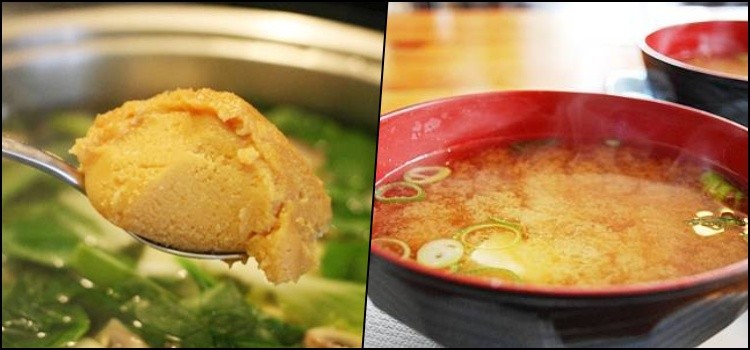
Curry - Indian seasoning
Curry - Japanese people often eat a lot of curry, which results in different types such as bar and powder. It ends up being present in different kinds of dishes.
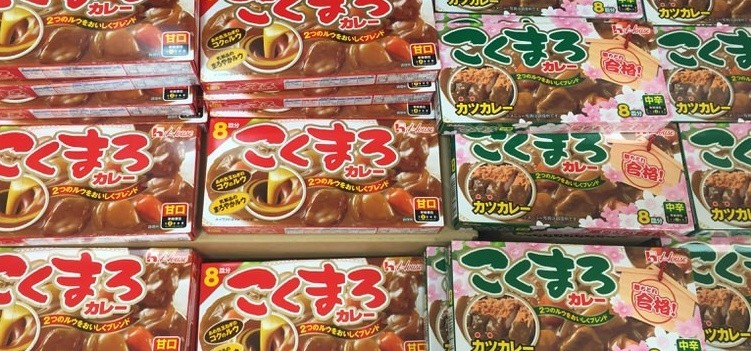
Katsuobushi - Dried tuna meat
Katsuobushi – Pickled and grated dried bonito tuna meat that is usually present in dishes such as okonomiyaki, takoyaki, salads and many others.
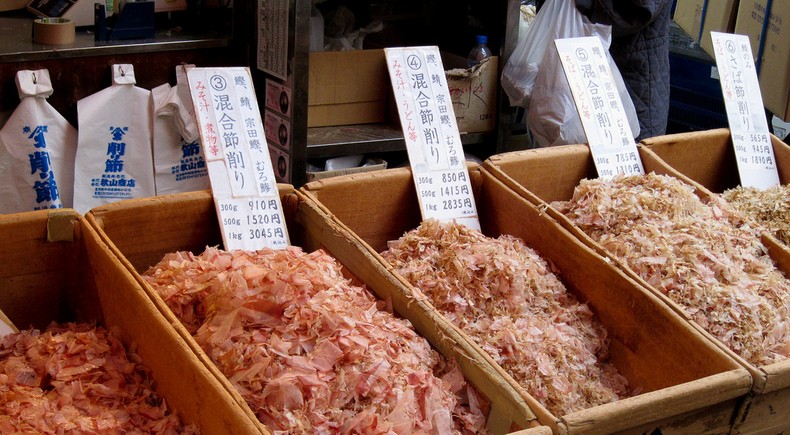
Karashi - Japanese mustard
Karashi – Karashi is the Japanese version of mustard, unlike wasabi this one is really spicy and will leave a taste in your mouth. It can sometimes be mixed with wasabi and is used to accompany dishes such as tempura, tonkatsu, oden, natto and gyoza.

Wasabi - horseradish
Wasabi - One of the most renowned seasonings in Japanese cuisine among Westerners. Wasabi is a strong root that is often consumed with sushi and sashimi, but it is also part of various other recipes and can be found in paste, powder, root, etc. Some even confuse it with pepper or find it spicy, but its flavor is unique and tingles in the mouth.

Rayu - Pepper oil
Rayu (ラ ー 油) - Japanese chili oil, usually found in ramen shops, as it flavors ramen and gyoza.
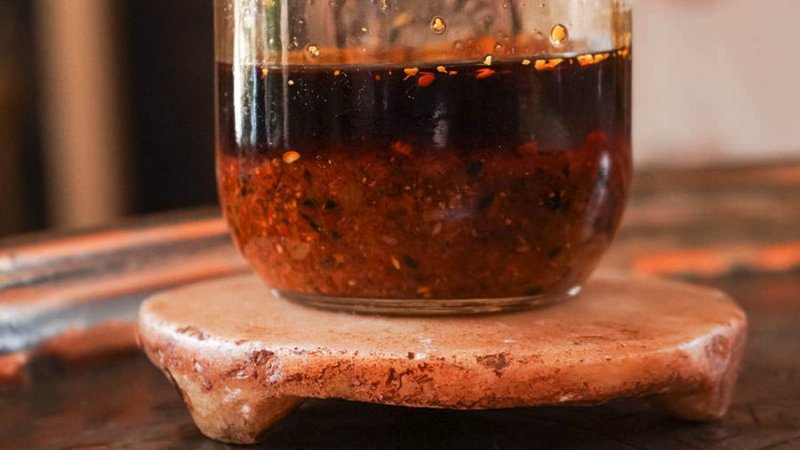
Shichimi Togarashi - pepper seasoning
Shichimi Togarashi – Seven flavors, a common seasoning that is usually found in restaurants to put on top of dishes. It consists of 7 ingredients that are usually chili pepper, orange peel, black sesame, white sesame, Japanese pepper, seaweed and ginger.

Ponzu - Lemon sauce
Ponzu – Lemon and citrus based sauce with an acidic flavor and a fine consistency. This sauce is often used in various dishes such as Korean pancakes, hamburgers, meats, etc.

Tsuyu - Pasta sauce
Tsuyu – Famous sauce that is used to dip foods like soba, udon, somen, etc. There are several variations, it is recommended to add water because it is salty and strong.
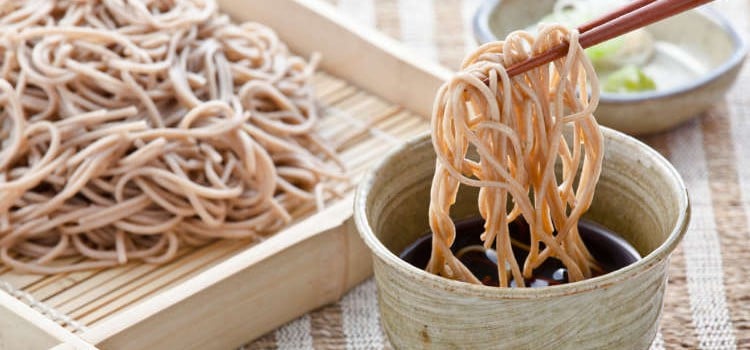
Sake - Rice Drip
sake or sake - Although it is a drink made from riceIt is often used in various Japanese recipes to season grilled dishes, stews, sauces, and many other dishes.
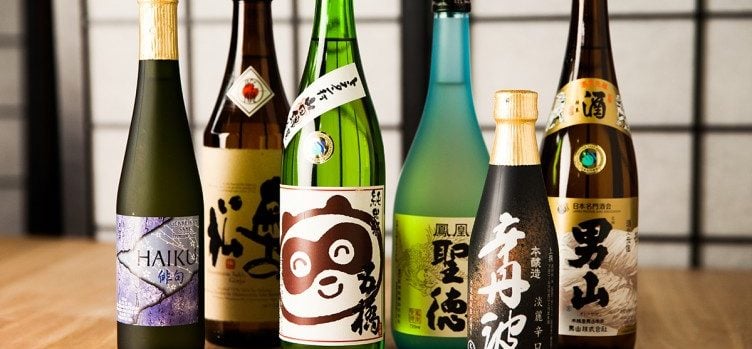
Mirin - Rice wine
Mirin – A wine made from rice, similar to sake, but with a lower alcohol content. It is used to sweeten dishes, reduce the smell and brighten some dishes and vegetables.
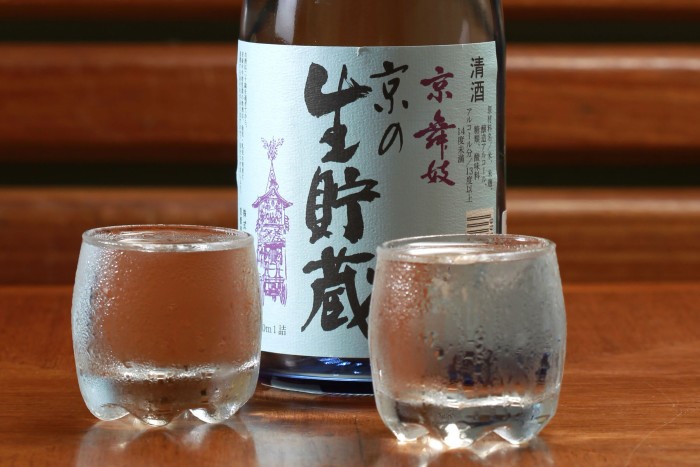
Shoyo - Soy sauce
Shouyu - The famous Japanese soy sauce that is often used as a seasoning in most Japanese foods to replace salt. There are various types of soy sauces, each for a different purpose.
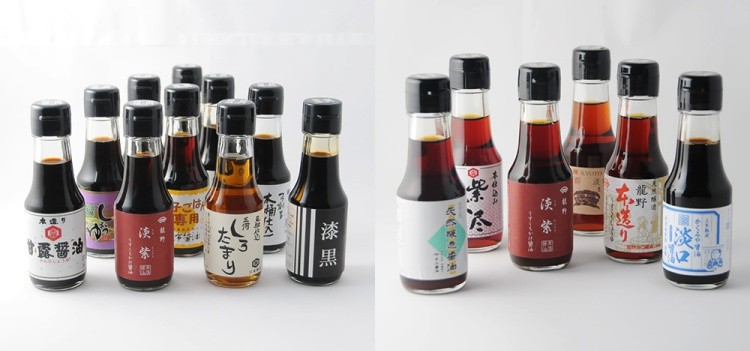
Komezu, Awasezu, Kurozu - Rice Vinegar
rice vinegar – There are several variations such as komezu, awasezu, kurozu. It can be used in various dishes, salads, preserves, etc.
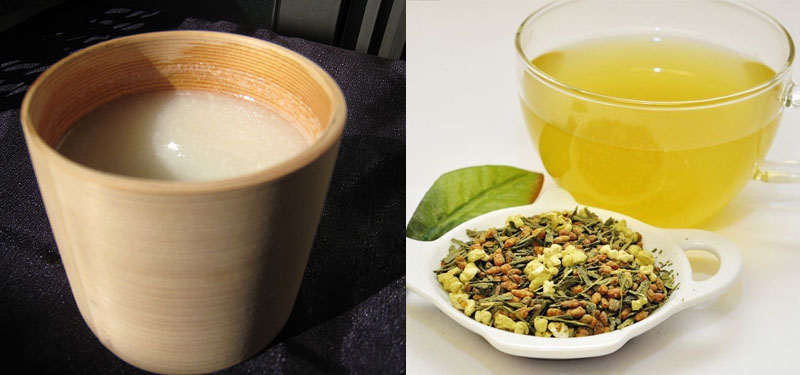
In addition to condiments and seasonings, there are several ingredients that are part of Japanese cuisine such as seaweed, tofu, mushrooms, plums in conversation, katsuobushi, etc.
I hope you enjoyed the article, don't forget to share it with your friends and leave your comments. Let us know if you think of any Japanese condiments or spices worth remembering.
